
Shade in the garden is either a gift to be savored or a dark damp gardener’s challenge.
Fortunately, shrubs that don’t mind the shade will grant any shaded garden treasured lushness.
Moisture requirements, air circulation, and soil composition are all features affected by shade.
Shade may spell relief from drying hot sun that is too harsh for some shade-loving shrubs. Add water-retaining soil amendments and protect shade lovers from even small bouts of hot, drying sun.
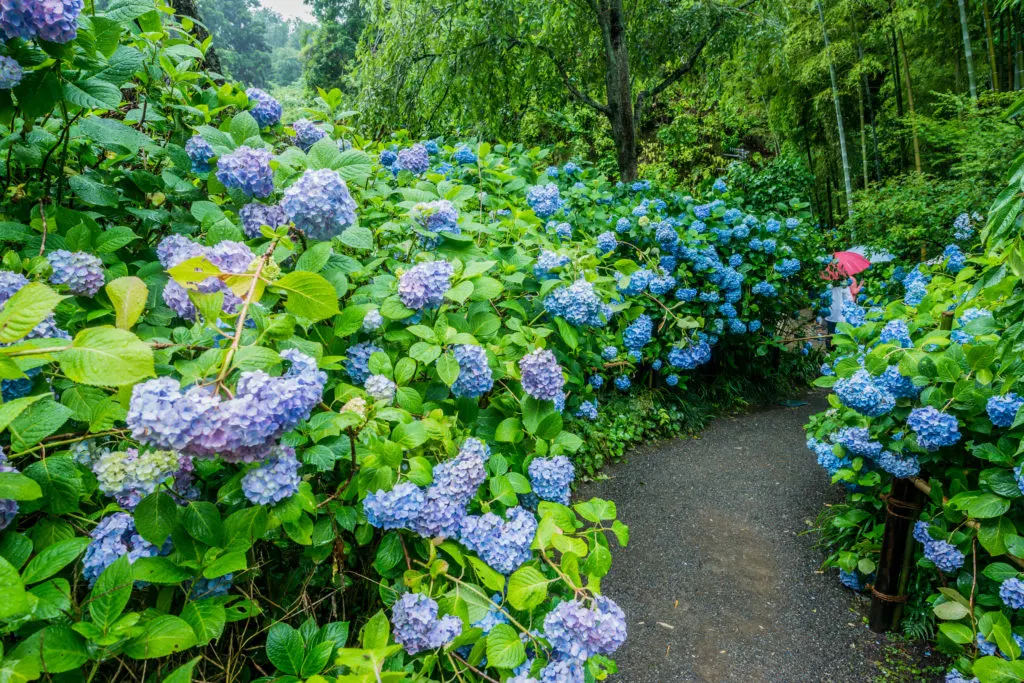
The Dry Shade Challenge
Shade may cast a shadow dark enough to block even rainwater. Or if a tree casts that shadow, its roots might soak up all available moisture.
This is the seemingly insurmountable gardener’s challenge of dry shade.
To remedy this situation, use water-retaining soils, water plants deeply, and seek drought-tolerant, shade-loving shrubs.
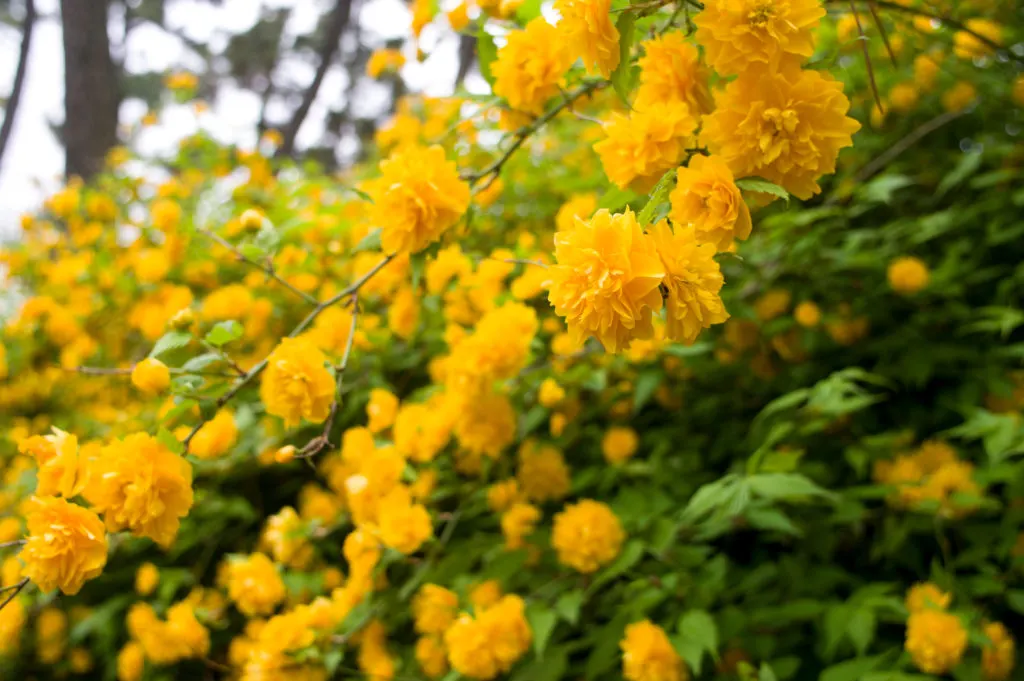
The Damp and the Dark
Together, poor-draining soils combined with a damp shaded area allow fungus, moss, and molds to spoil the garden’s delight.
To increase soil drainage, add coarse materials such as sand or gravel to growing areas.
Give plants plenty of room to ensure excellent air circulation. This helps plants combat low evaporation and high humidity.
2 Questions To Consider Before Choosing A Shrub For Shade
Will my shrub keep a nice shape even in the shade?
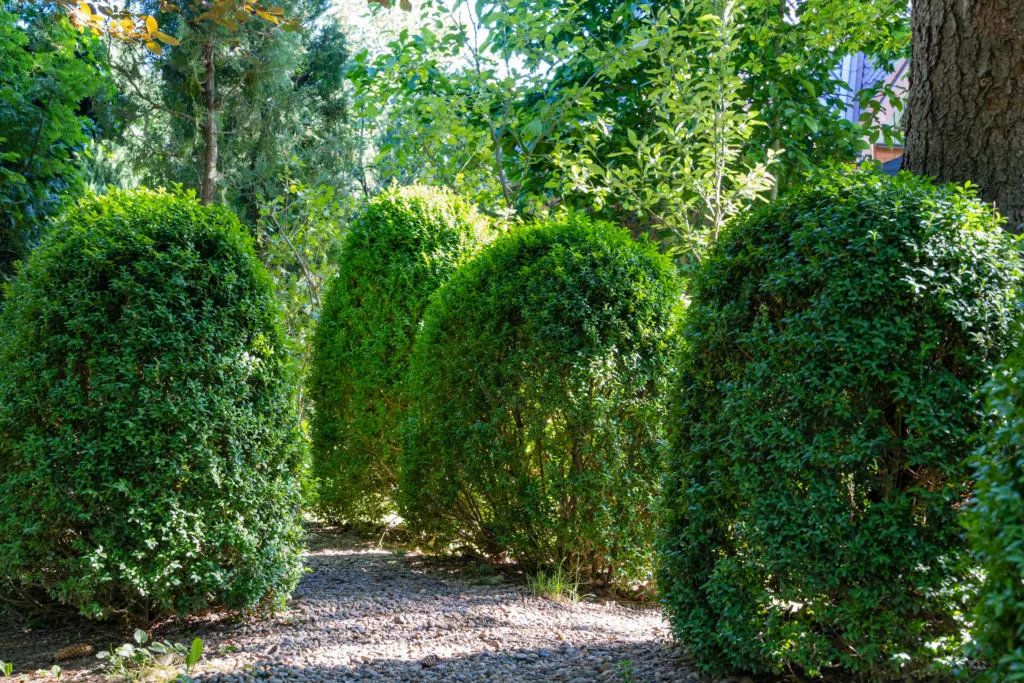
Some shade-tolerant shrubs soak up the low-light and get full and dense. Others might get leggy, stretching out to reach unavailable light.
In seriously dense shade, check out our list of plants for total shade.
An incredible shade superstar and excellent companion for shade-loving shrubs, check out our favorite hosta varieties for every shady situation.
Will my blooming shrub bloom even in the shade?
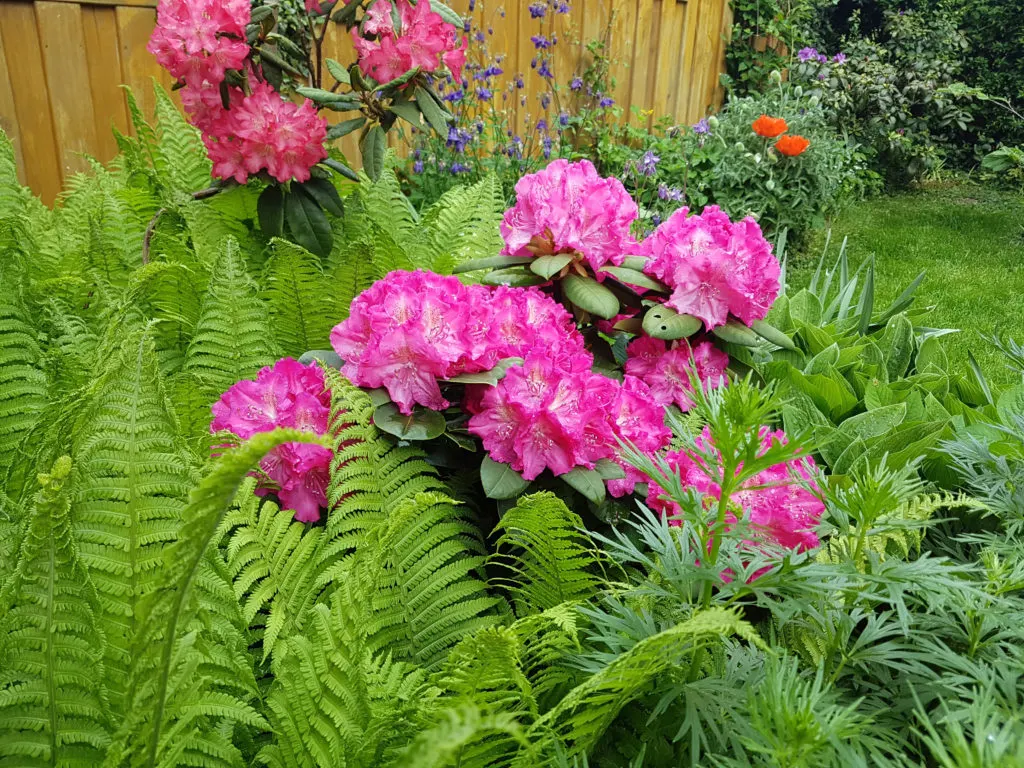
It is true, many blooming shrubs will perform better with some sunshine. There are, luckily, some shrub varieties that bloom even in dense shade.
Rhododendrons famously love dappled shade, north sides of structures, high humidity, and acidic soils. If this is your situation, even you can bloom in the shade!
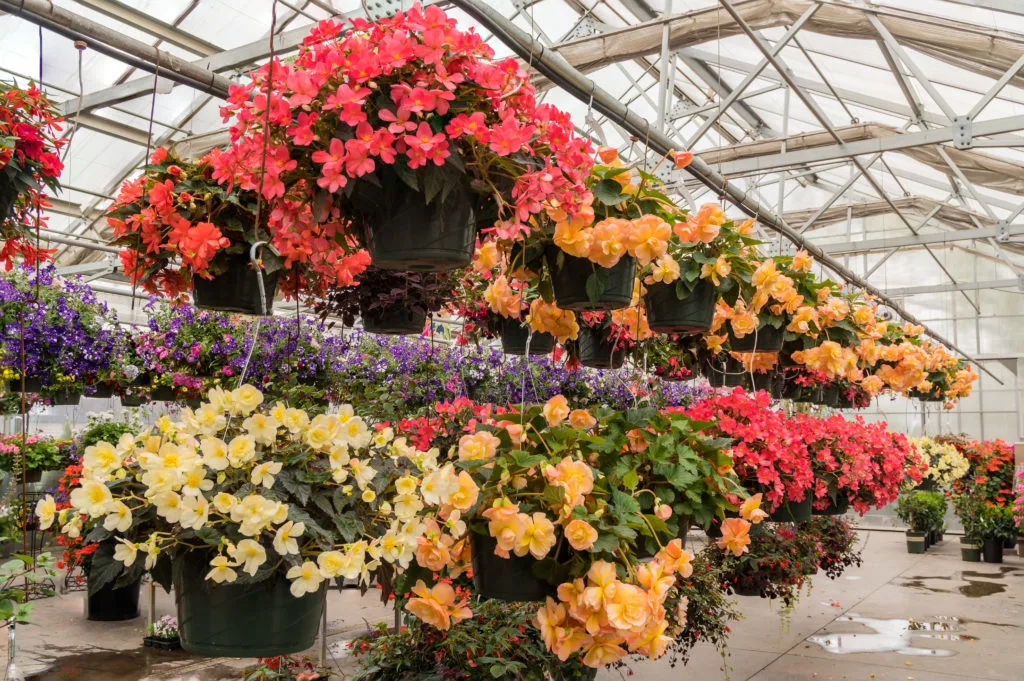
13 Best Shrubs To Grow In Shade
1. Rhododendron (Rhododendron sp.)
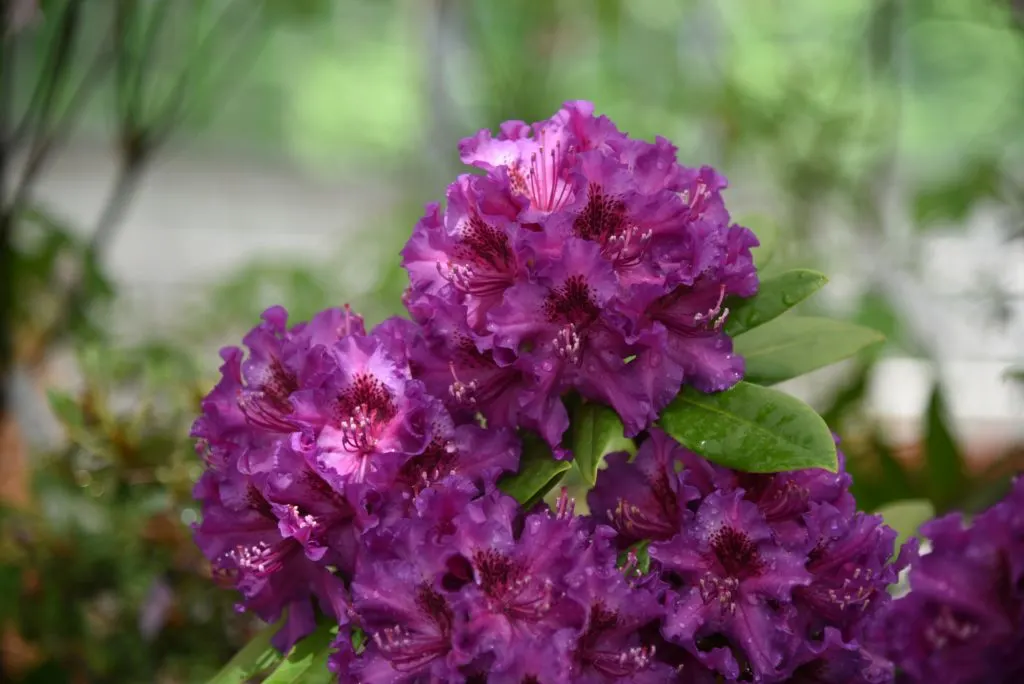
Stunning brilliant spring blooms of this massive genus of evergreen plants are spectacular in acidic soils, part to full shade, in zones 4 to 9.
With varieties topping over 20 feet to low-growing dwarf varieties that reach just 16 inches, rhododendrons come in a wide spectrum of choice.
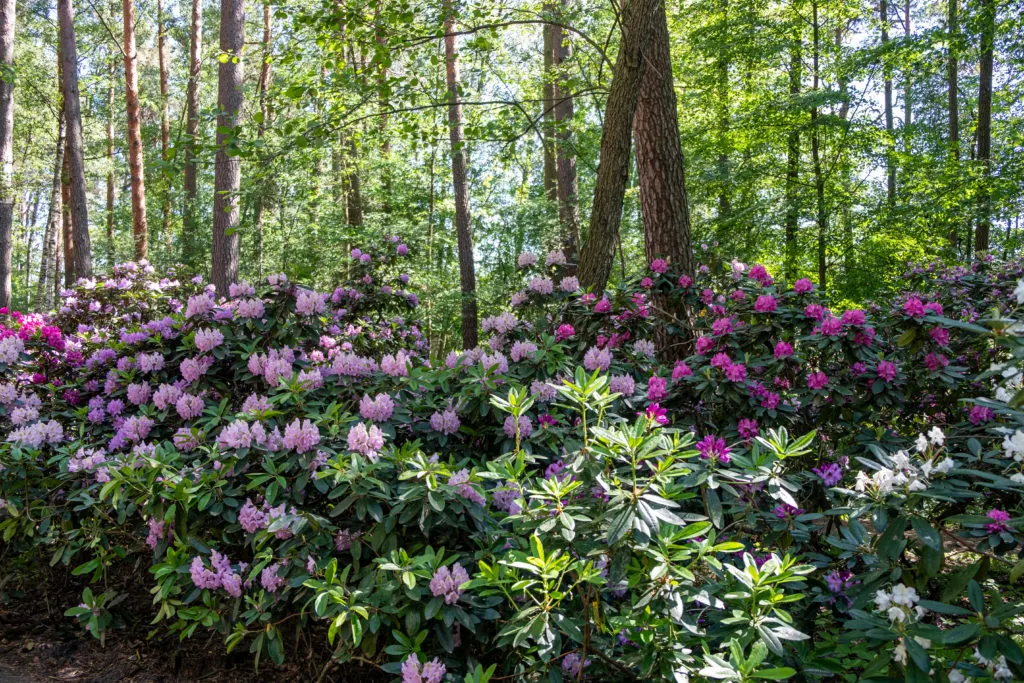
Large tubular flowers borne in huge clusters arrive in spring in vibrant pink, white, yellow, purple, and red.
2. Azalea (Rhododendron sp.)
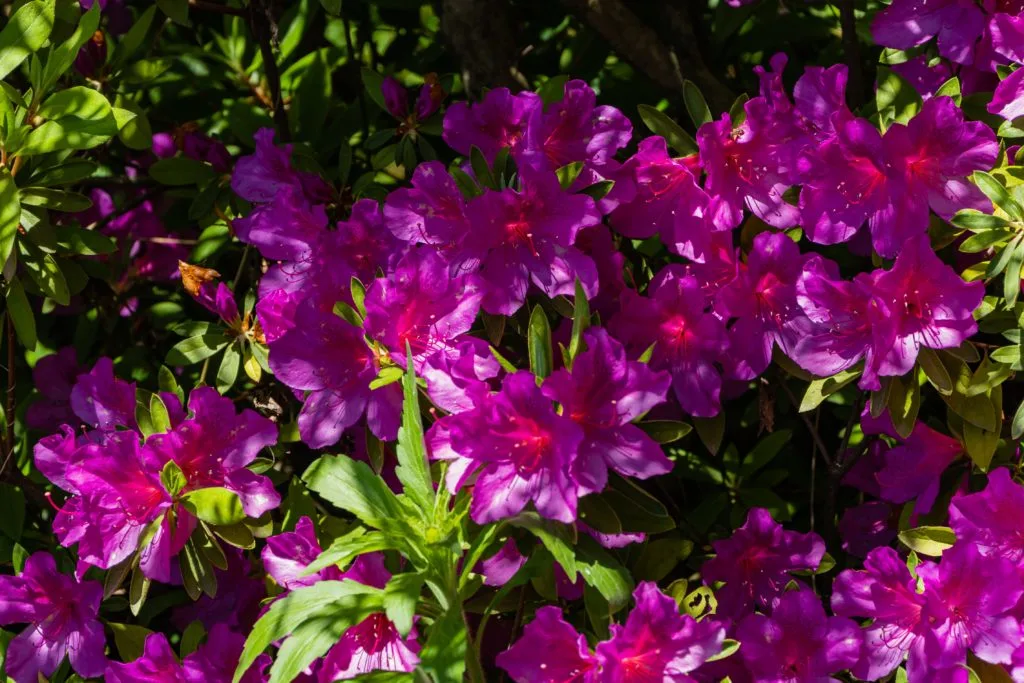
Azaleas are a fascinating branch of the rhododendron genus of plants. Shade-loving, they are evergreen or deciduous, prefer acidic soil, and hardy in zones 4 to 9.
Azaleas tend to remain smaller than other rhododendrons at 2 to 8 feet with smaller, more delicate leaves, and open branching.
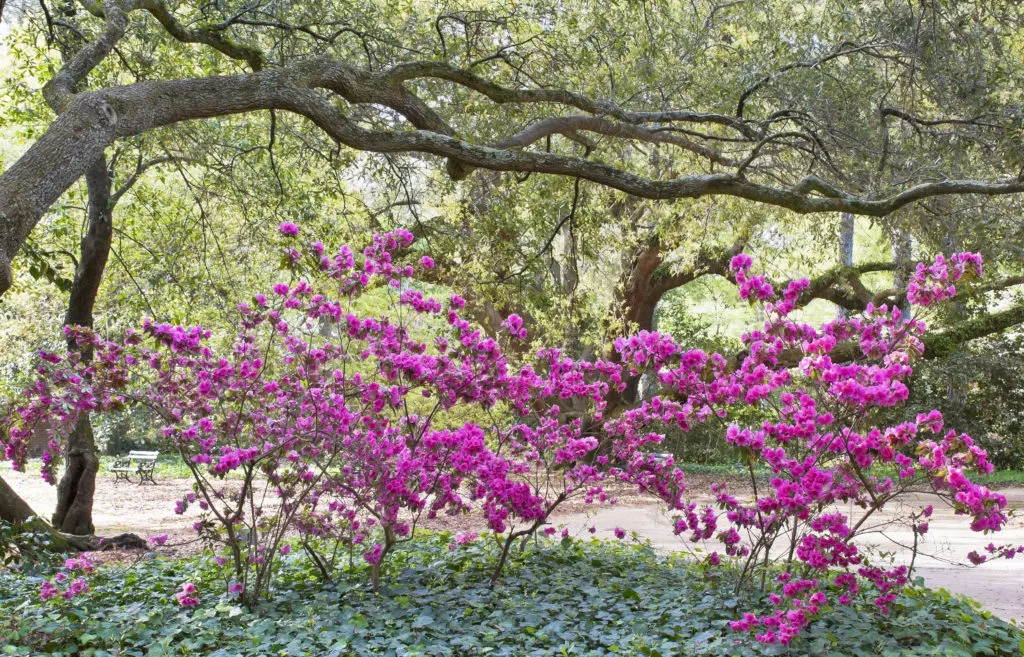
In an incredible range of colors, azaleas bear large single or double tubular flowers in coral, orange, red, yellow, white, purple, and lavender.
3. Camellia (Camellia sp.)
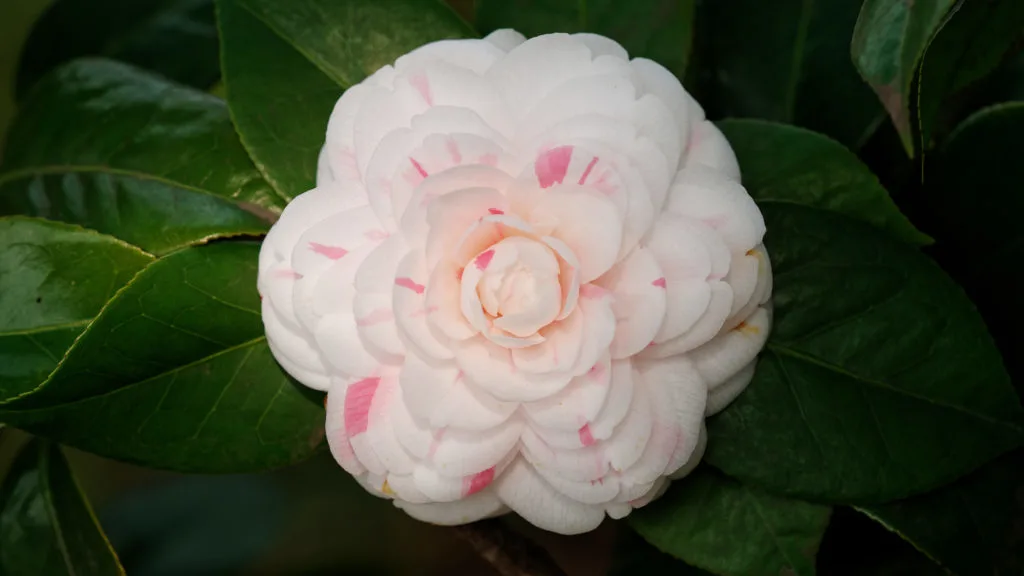
Of the same family as fragrant black tea, many camellia plants are grown ornamentally in zones 7 to 10, favoring sandy, acidic soil, and partial shade.
Originally from Southern Japan, there are over 3000 named Camellias. They average 6 to 15 feet tall, although there are smaller and larger varieties too.
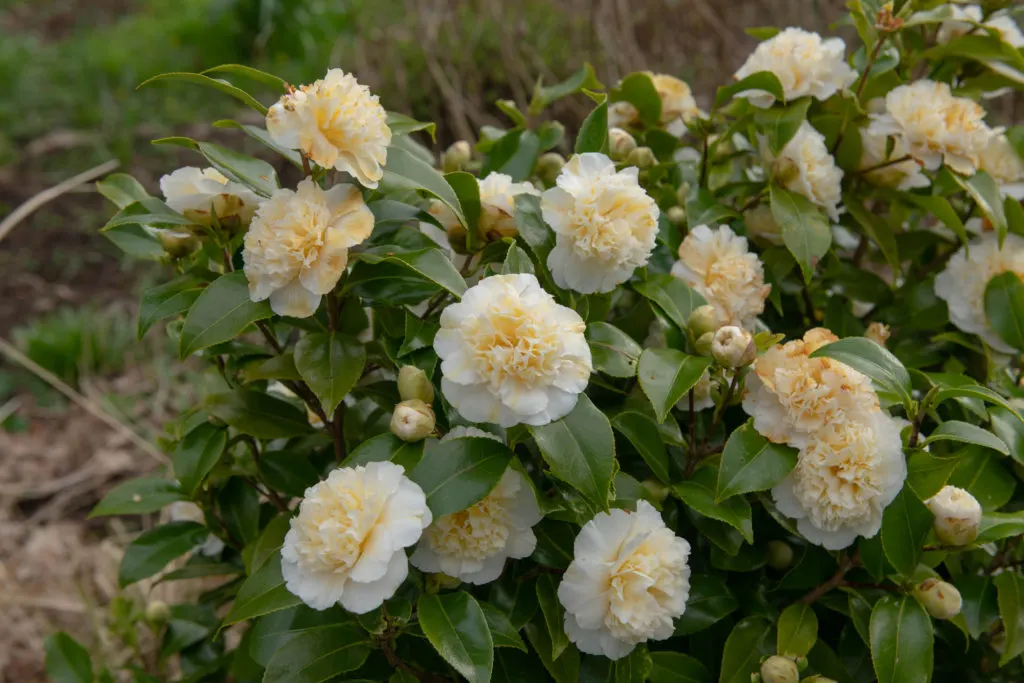
Glossy, aromatic leaves create the perfect setting for luminous fragrant fall flowers in shades of white through pink and coral.
4. Boxwood (Buxus sp.)
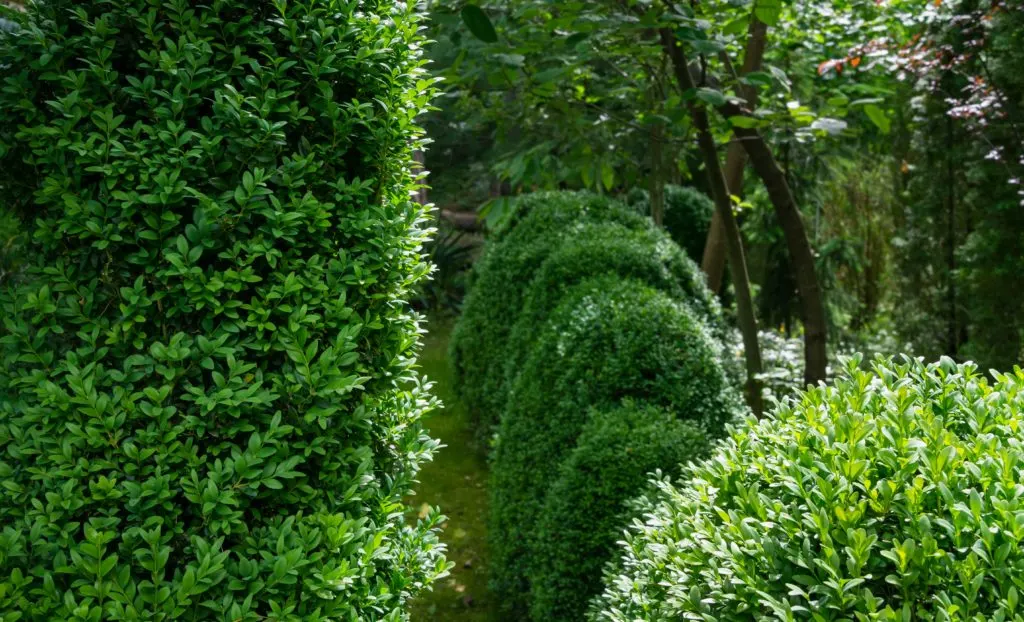
Pristinely maintained boxwood topiaries, borders, and hedges are gorgeous in sun or shade in formal gardens in zones 4 to 9.
Spherical, columnar, low-growing, or giant, boxwood varieties come in all shapes and sizes.
Boxwood’s slow-growing nature makes them fun to sculpt and maintain, however, their bright new growth looks fantastic unmanicured as well.
5. Alpine Currant (Ribes alpinum)
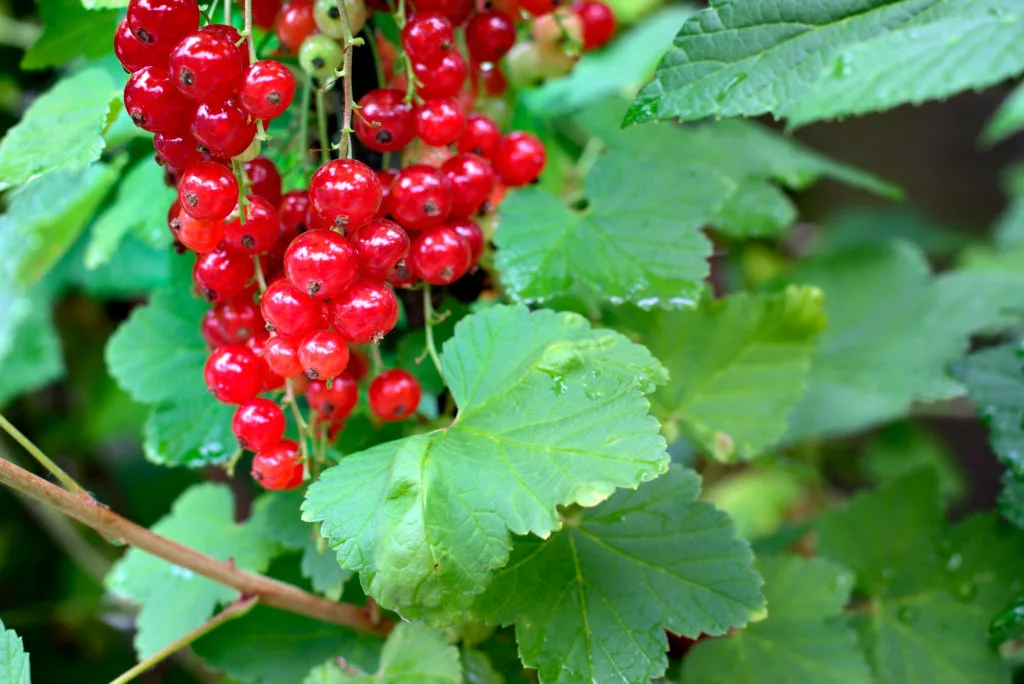
Those in colder climates enduring boxwood envy, Alpine current shapes well, has bright green scalloped foliage, and thrives in zones 2 to 7.
This European native grows 6 feet tall and wide in sun or shade, which is important for long hedges grown in both situations.
Small yellow flowers in spring become attractive red berries on female plants if male plants are close by.
6. Yew (Taxus sp.)
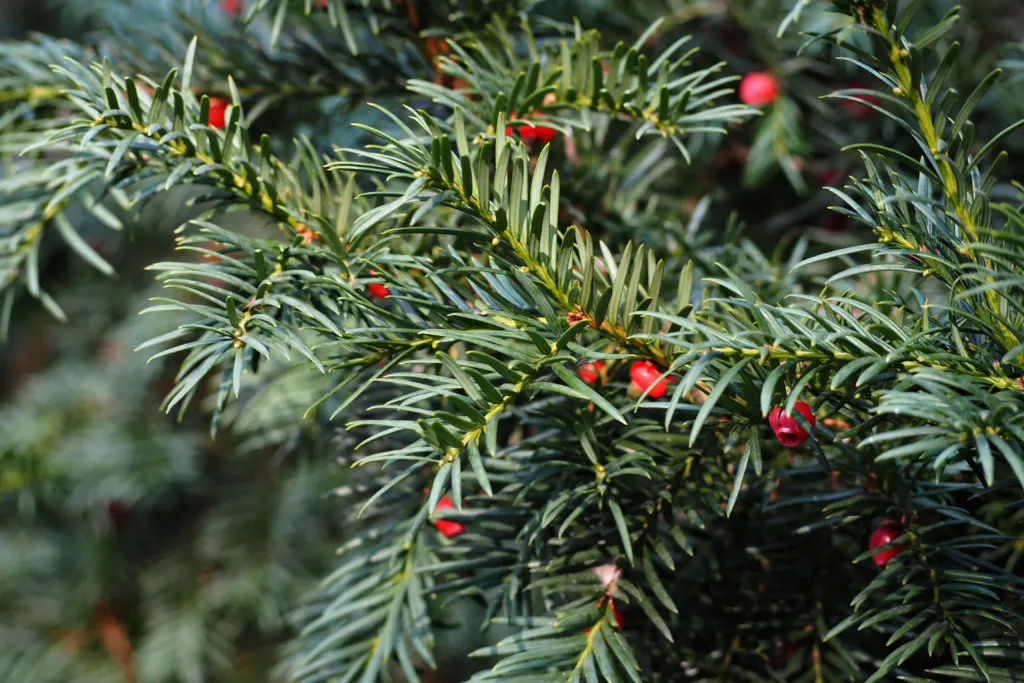
Yews thrive in zones 4 to 7 in partial shade, look great in full shade, however, they even survive the full sun.
Versatile enough for borders, screens, or groundcovers. Yews are available in a wide range of sizes that grow from 3 to 65 feet.
Tough, low-maintenance, needled evergreen shrub that is also cherished as a traditional winter holiday plant for its showy red berry-like cones.
7. Japanese Rose (Kerria japonica)
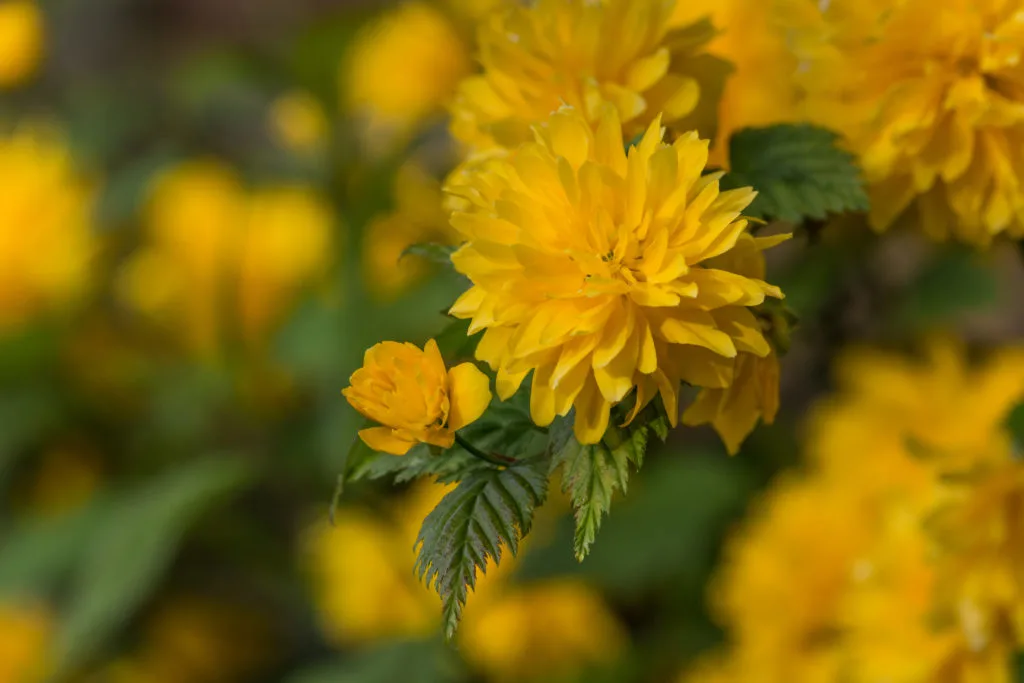
Japanese rose is a very shade tolerant shrub that likes poor to loamy soils in zones 4 to 9.
This shrub reaches 6 feet at maturity with some varieties, ‘Pleniflora’ being more vigorous.
With bright green stems in winter, Japanese Rose is smothered with a succession of 1-inch yellow blossoms beginning in spring.
8. Mountain Laurel (Kalmia latifolia)
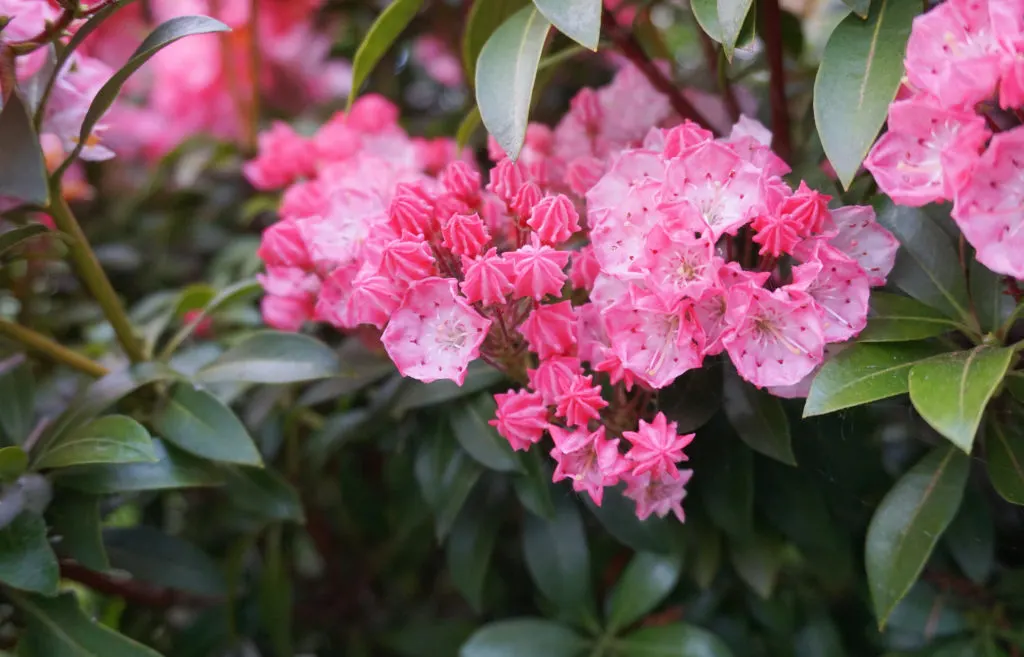
This shade-loving forest understory shrub is native to Eastern USA in zones 4 to 9. A relative of the rhododendron, Mountain Laurel thrives in acidic, well-draining soils.
Growing 5 to 15 feet tall and wide, cultivars include dwarf varieties as well.
Large clusters of cup-shaped flowers arrive in spring in white to pink with deeper colors in brighter shade.
9. Hydrangea (Hydrangea sp.)
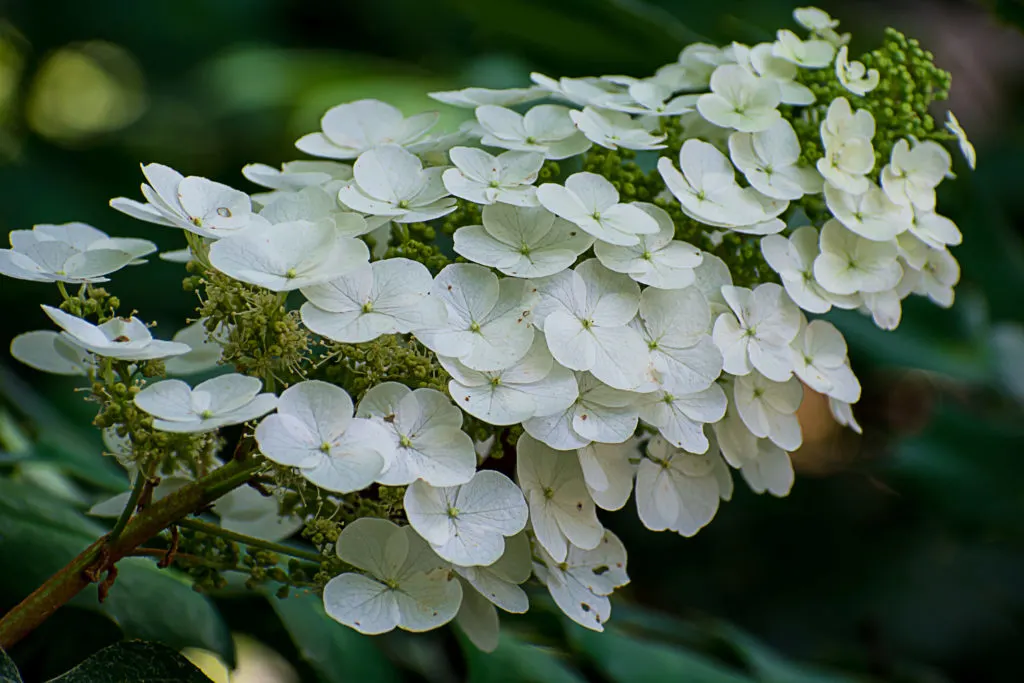
Obsession-worthy Hydrangea varieties thrive in zones 3 to 7, tolerate neutral soils, and shade protection from hot afternoon sun.
Interestingly, spectacular variations of hydrangeas grow just 1 foot tall but can also grow as high and wide as 20 feet.
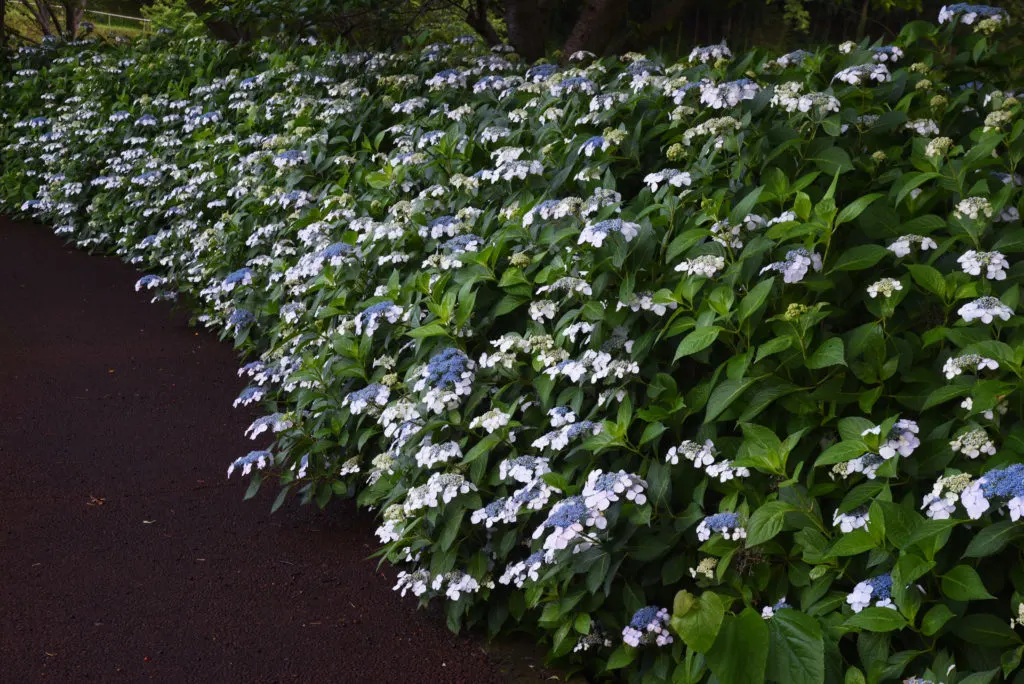
Giant globe or pyramidal flower clusters persist spring to fall in changing shades of white, pinks, and blues to complement attractive foliage.
10. Viburnum (Viburnum sp.)
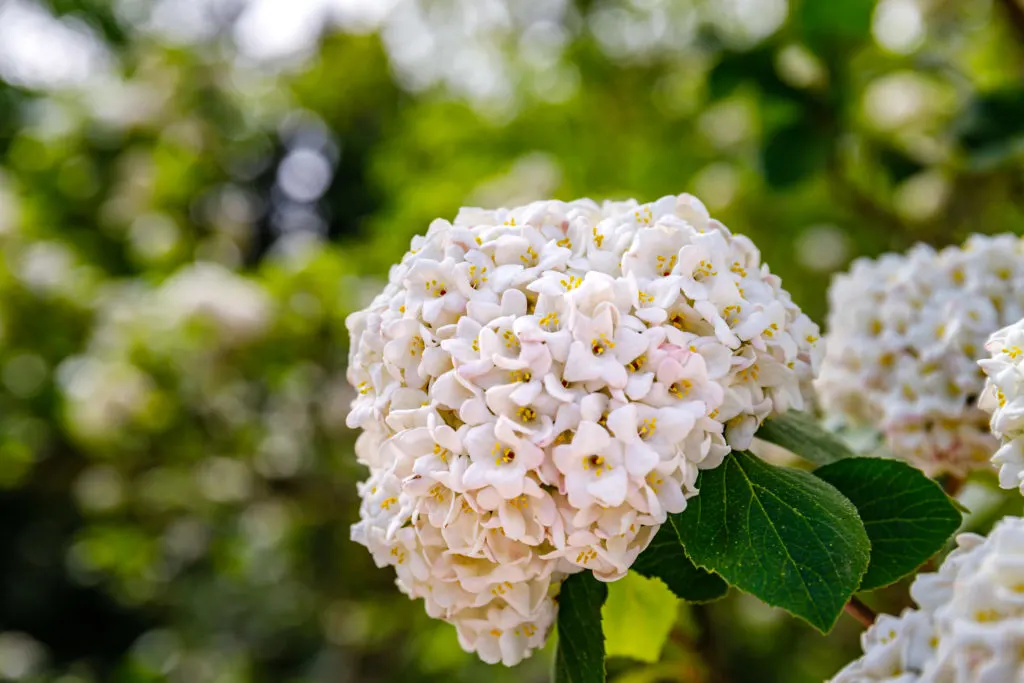
With over 150 species, viburnum makes tidy, deciduous, or evergreen, shade and moisture-loving shrubs in zones 2 to 9.
Sized 3 to 20 feet, viburnum makes lovely wild plantings, although tolerate being formally pruned.
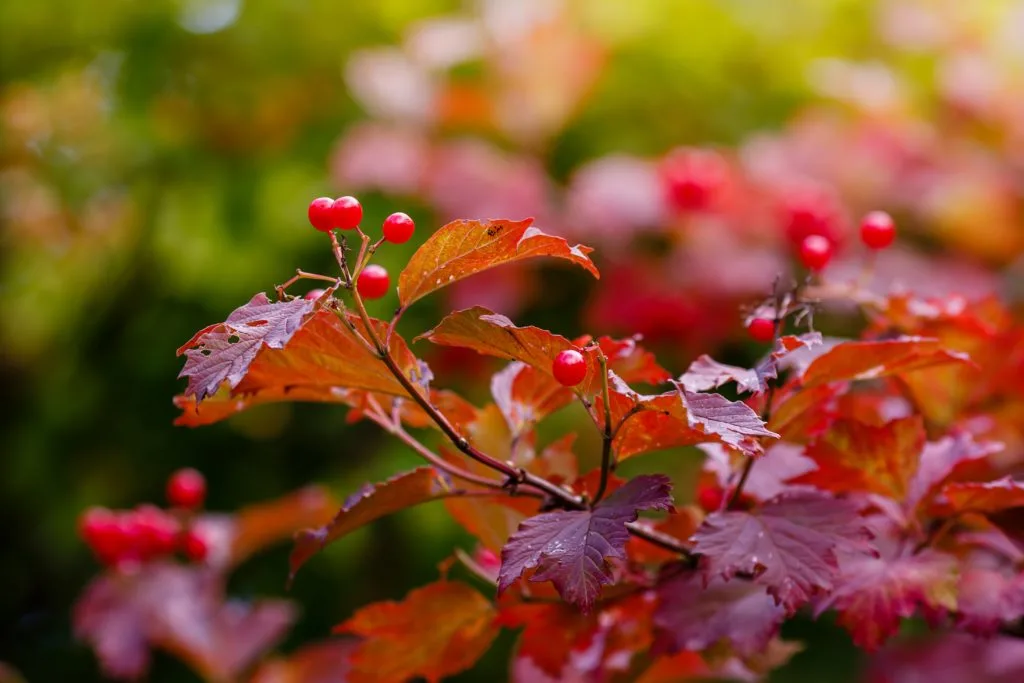
Viburnums’ four seasons of interest include gorgeous fall foliage, attractive berries persist through winter and fragrant spring blossoms of white.
11. Virginia Sweet Spire (Itea virginica)
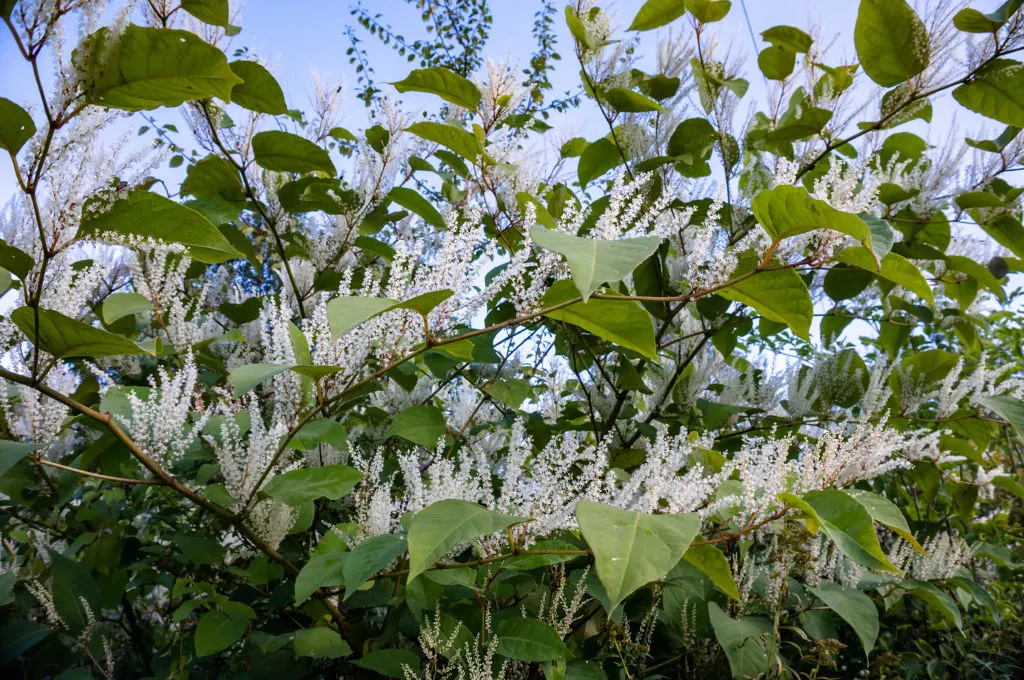
A native shrub that prefers moist areas, clay soils, part sun, and even heavy shade in zones 5 to 9.
A deciduous shrub that is low spreading reaching 3 to 4 feet tall and 4 to 6 feet wide.
Pendulous branches are covered in fragrant white flowers throughout spring although the striking deep red fall foliage is also fantastic.
12. Elderberry (Sambucus canadensis)
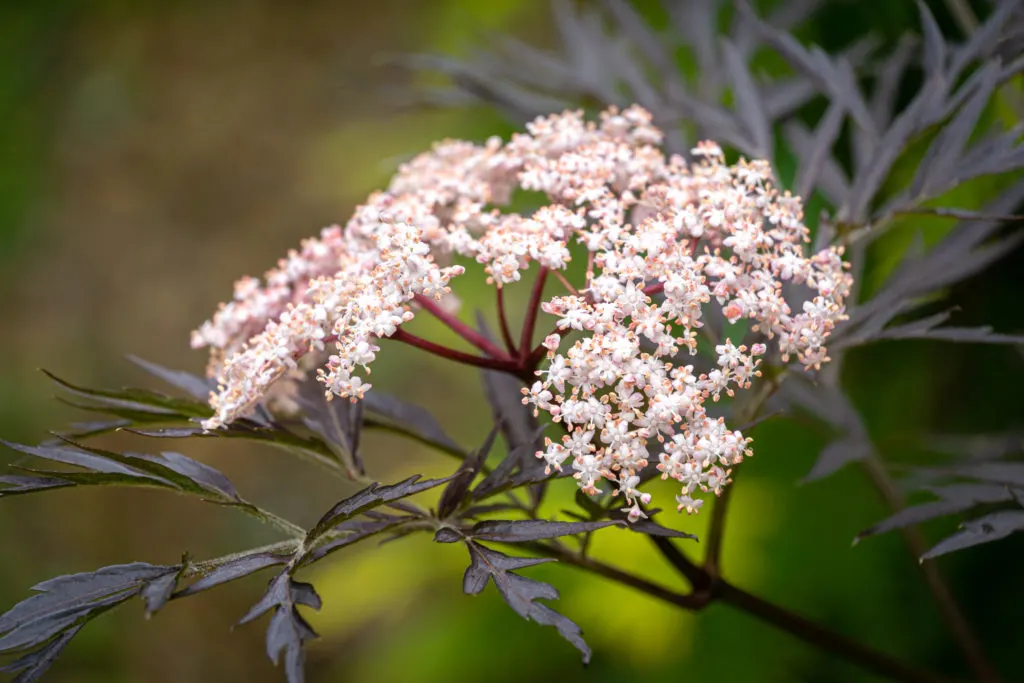
Hardy in zones 3 to 9, this deciduous native shrub loves full sun to part shade and moist neutral soils.
Elderberry grows 5 to 12 feet tall and 3 to 6 feet. For added interest, lace-leaved varieties, as well as varieties with near-black foliage, make elderberry a unique choice.
Delicious berries are dark black borne from cream white clusters of fragrant flowers in summer.
13. Dogwood (Cornus sp.)
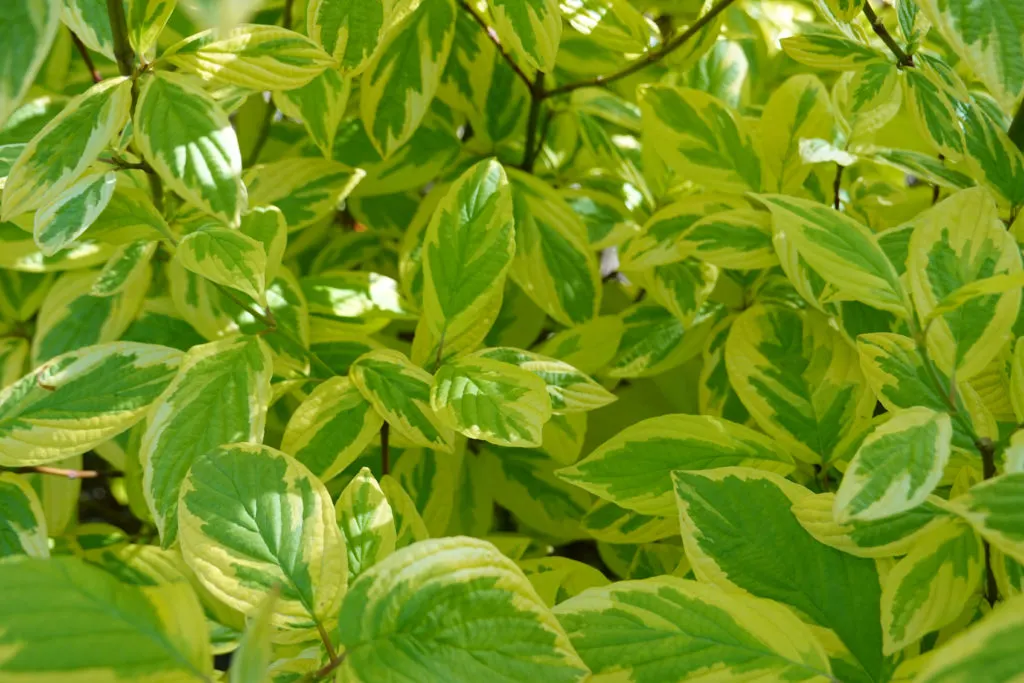
A genus with 30 to 60 species of shade-loving understory plants are found on every continent in zones 2 to 9.
There are adorable ground covers just 4 inches tall, but most shrub and tree species grow 10 to 25 feet tall.
Depending on the variety, bright red stems, large white flower clusters, in addition to interesting foliage options, Dogwoods are incredibly useful in the shaded landscape.
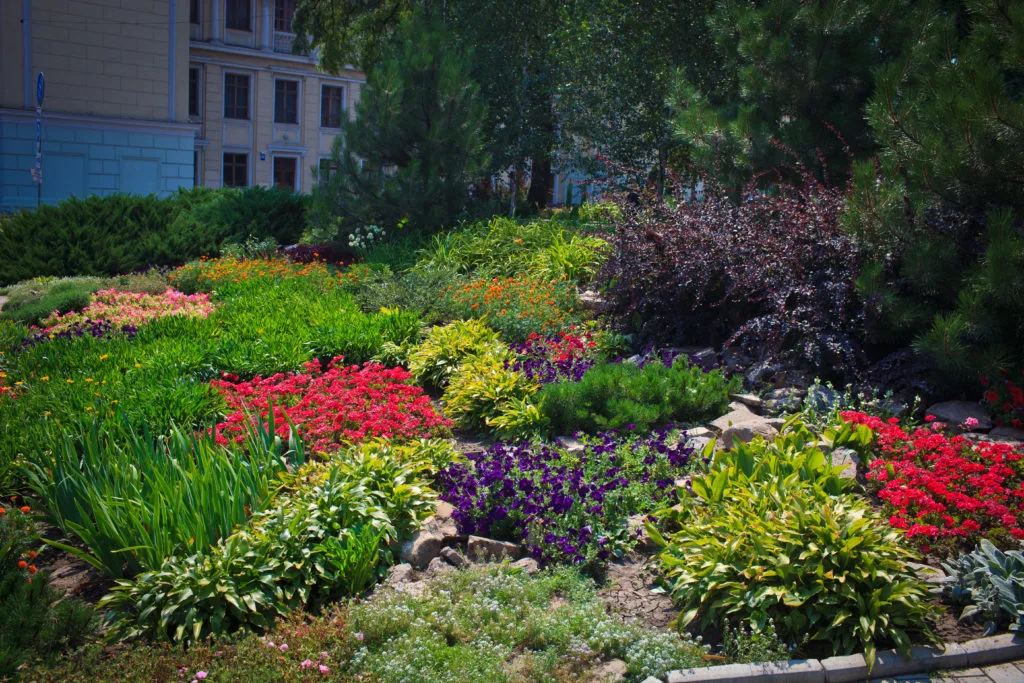
Pairing the best shade-loving shrubs with their perfect shady conditions creates lush treasures in the garden!
